Making Solutions in the Laboratory
Overview
The ability to successfully make solutions is a basic laboratory skill performed in virtually all biological and chemical experiments. A solution is a homogenous mixture of solute dissolved in bulk liquid known as the solvent. Solutions can be described by their solute concentration, a measure of how much solute is present per unit of solution. In this video, a step-by-step procedure for how to make a water-based, or aqueous, solution for biological applications is presented. The video discusses how to calculate and measure the amount of solute needed for a given volume of solution. Methods for dissolving the solute in purified water and adjusting the pH of the solution are shown. Proper addition of the quantity sufficient (QS) to reach the desired volume is demonstrated with respect to the meniscus before discussing methods for sterilizing the solution. Applications of making solutions are presented through the discussion of several commonly used biological solutions, such as phosphate buffered saline (PBS), and their uses in biological research. These solutions are buffers that mimic physiological pH and osmolarity of cellular fluids.
Procedure
Making solutions is an essential procedure involved in virtually all biological and chemical experiments performed across the globe.
A solution is made up of a substance dissolved in liquid. The dissolved substance is known as the solute, and the bulk fluid as the solvent. The resulting homogenous mixture is referred to as the solution.
Solutions can be described by their solute concentration, a measure of how much solute is present per unit of solution.
Making solutions m
Tags
Skip to...
Videos from this collection:
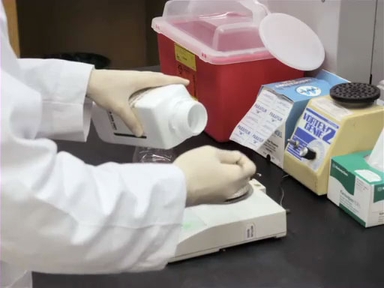
Now Playing
Making Solutions in the Laboratory
General Laboratory Techniques
211.8K Views
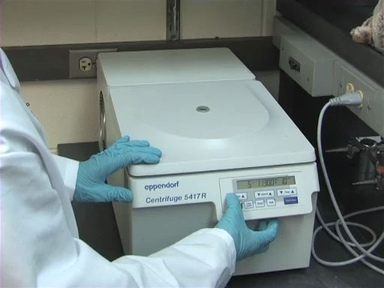
An Introduction to the Centrifuge
General Laboratory Techniques
489.4K Views
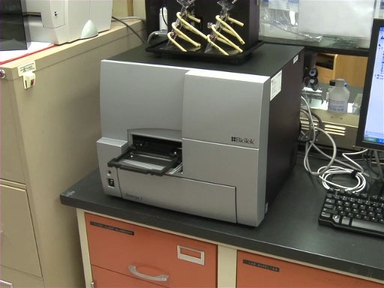
Introduction to the Microplate Reader
General Laboratory Techniques
127.3K Views
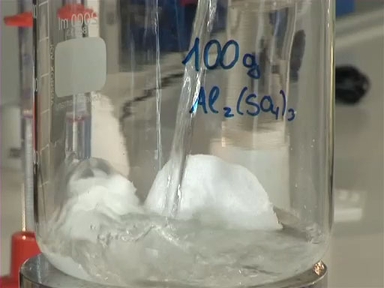
Understanding Concentration and Measuring Volumes
General Laboratory Techniques
216.3K Views
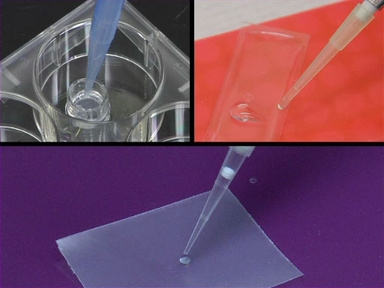
An Introduction to the Micropipettor
General Laboratory Techniques
587.3K Views
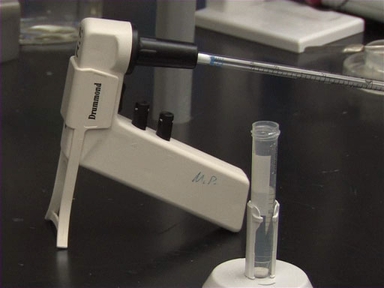
Introduction to Serological Pipettes and Pipettors
General Laboratory Techniques
219.3K Views
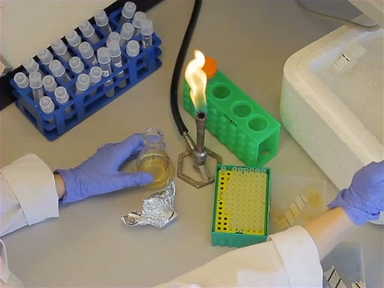
Introduction to the Bunsen Burner
General Laboratory Techniques
207.7K Views
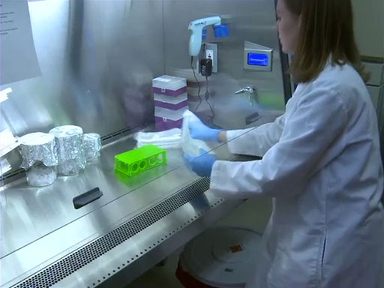
An Introduction to Working in the Hood
General Laboratory Techniques
151.6K Views
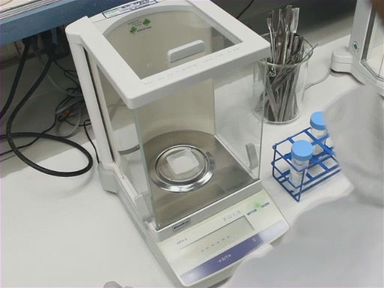
Measuring Mass in the Laboratory
General Laboratory Techniques
171.1K Views
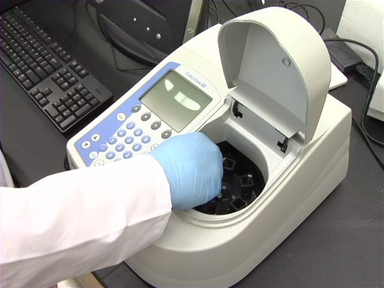
Introduction to the Spectrophotometer
General Laboratory Techniques
519.1K Views
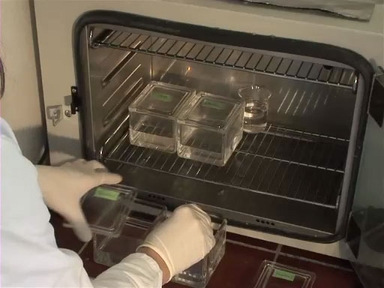
Histological Sample Preparation for Light Microscopy
General Laboratory Techniques
240.6K Views
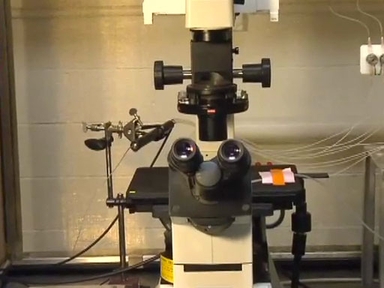
Introduction to Fluorescence Microscopy
General Laboratory Techniques
350.1K Views
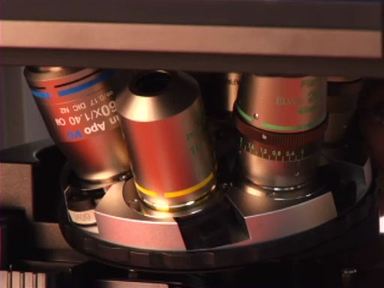
Introduction to Light Microscopy
General Laboratory Techniques
816.1K Views

Regulating Temperature in the Lab: Preserving Samples Using Cold
General Laboratory Techniques
65.7K Views
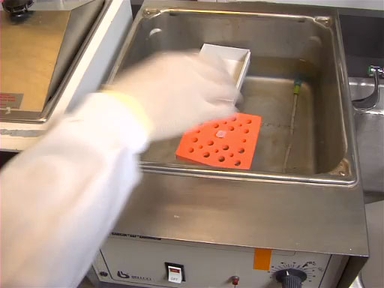
Regulating Temperature in the Lab: Applying Heat
General Laboratory Techniques
81.4K Views
Copyright © 2025 MyJoVE Corporation. All rights reserved